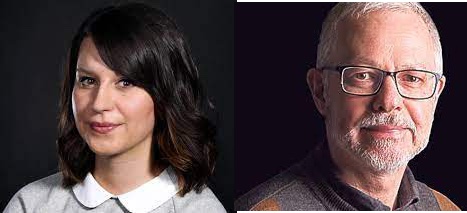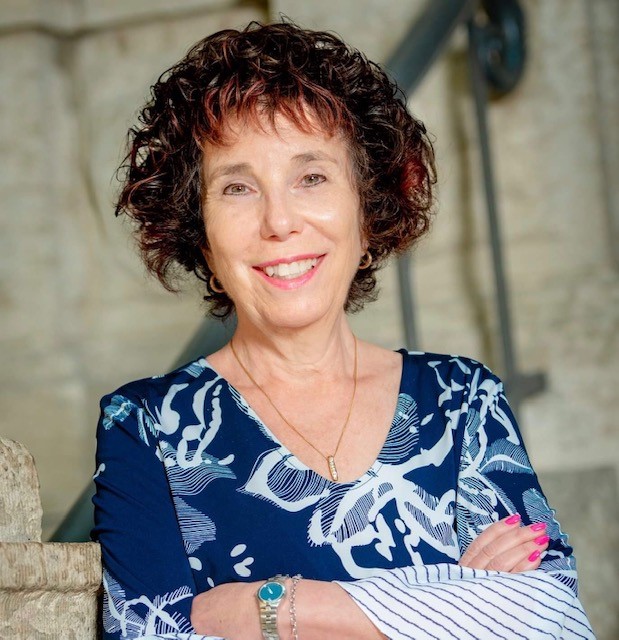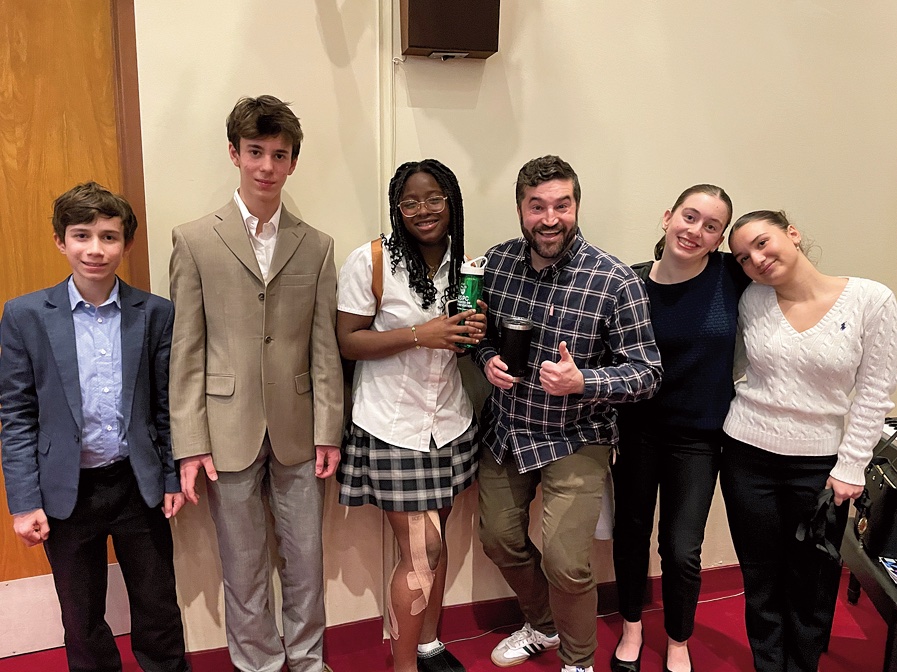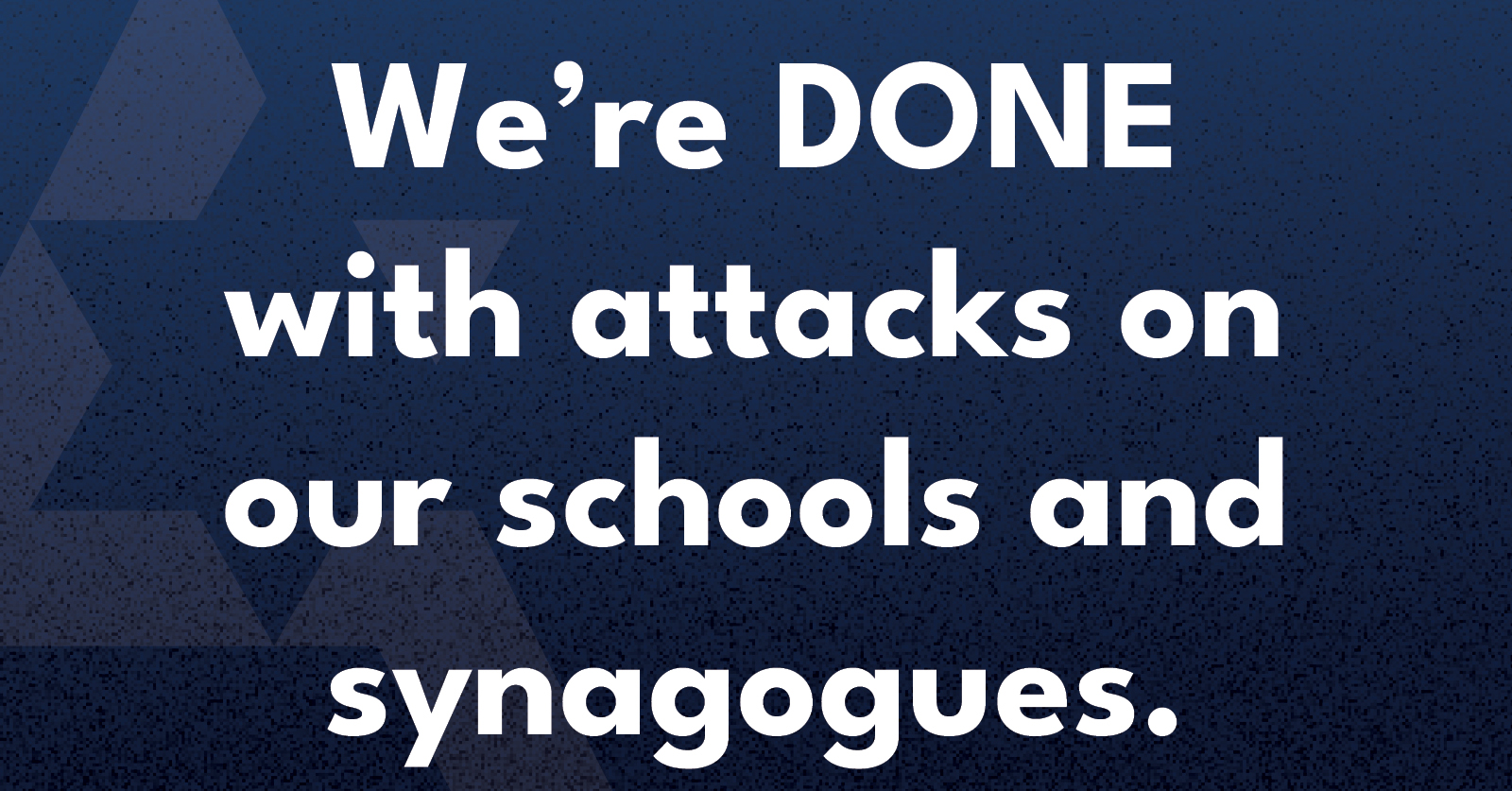Local News
Free Press coming under criticism for supposed “anti-Israel” bias

By BERNIE BELLAN
“The attack on Oct. 7, it was vicious (and) really brutal. But it happened in a certain context of this region of years and years of dehumanizing people from both sides.
Do you know who said that? Not a Free Press columnist. It was Yonatan Zeigen – one of former Winnipegger Vivian Silver’s two sons. Zeigen was quoted in an October 29 Canadian Press article – prior to the discovery that his mother had actually been killed on Kibbutz Be’eri during the October 7 massacre, and was not taken hostage to Gaza – which is what was first suspected.
That same story also said that Zeigen “noted that his perspective has prompted backlash inside Israel, which he chalks up to people rejecting projects his mother helped run that call for a fundamental shift in how Israelis relate to Palestinians.
” ‘I don’t really talk … to the Israeli press because I see a lot of poison being directed at her because of her activities,’ he said.”
Compare that with what Free Press columnist Jen Zoratti wrote in an opinion piece that was published January 26, two days after an event focusing on the brutality that had been inflicted on Israeli (and other non-Israeli women) during the Hamas massacre of October 7: “Everyone who took the mic on Wednesday kept saying, ‘all women matter’ and ‘women everywhere matter,’ but I couldn’t help but wonder — which women? There wasn’t even a cursory pass at solidarity or even an acknowledgment of the gender- based harms currently being experienced by Palestinian women, who also feel abandoned by global feminism.”
Zoratti’s column did describe the horrors that had been unleashed on Israeli women on October 7 and she did refer in some depth to remarks made by Israeli lawyer and women’s rights expert Ayelet Razin Bet Or during that January 24 event at the Human Rights Museum, but she tried to place what happened on October 7 within a larger context of the ongoing degradation of women in war situations.
That one single comment in Zoratti’s column about “harms currently being experienced by Palestinian women” has apparently unleashed a torrent of criticism, which has been leveled not only at Zoratti and the Free Press for having the nerve to print her column, the backlash has even extended to Free Press Faith reporter John Longhurst, who has been caught up totally unsuspectingly in a blistering attack written by the publisher of a Jewish Winnipeg website.
Apparently Longhurst had written just two words on “X” (previously Twitter), with reference to Zoratti’s column: “good column.”
In response, Rhonda Spivak, publisher of Winnipeg Jewish Review, wrote:
“Did he not understand that in raving (emphasis ours) about Zoratti’s column that painted a picture of Israel as an apartheid state, accusing the Israeli speaker of spouting propaganda (emphasis ours), and calling for a ceasefire without even mentioning the necessary release of Israeli women, children and men held hostage in Gaza, he would not be bridge building but damaging his relationship with the Jewish community.
With his little tweet, Longhurst has set back interfaith relations .What makes things worse, is that Longhurst actually interviewed the Israeli speaker, sex crimes prosecutor Ayelet Razin Bet Or and the program’s moderator Gail Asper for the Winnipeg Free Press and also for the Canadian Jewish News in advance of the program held at the CMHR. If Longhurst harbored these views, would it not have been fair to present his views, and give Razin Bet Or the opportunity to respond?
“Longhurst is a freelance writer who writes regularly in the Canadian Jewish News, but I do wonder what the latter’s readership would think of his insensitivity displayed towards the Jewish/Zionist community (emphasis ours).
”How does Longhurst propose to repair that which he has damaged (emphasis ours)?”
In defense of Longhurst, it should be pointed out that he written extensively about the local Jewish community. He was also the only local reporter to attend the major conference on anti-Semitism held in Ottawa in October. He also interviewed both Ayelet Razin Bet Or and Gail Asper for a story that was published prior to the event at the Human Rights Museum on January 24.
However, reaction to Zoratti’s column has been heated and calls have grown on social media to organize campaigns against the Free Press. We have been made aware of pressure being exerted on Free Press co-owner Bob Silver to influence the editorial position of the paper. We have also been told (although admittedly anecdotally, without being able to verify to what extent it has happened) of individuals cancelling (or threatening to cancel) their subscriptions to the Free Press.
But, it’s not only Zoratti’s column that has raised the ire of many individuals toward the Free Press. As with any large daily newspaper, the Free Press receives many letters to the editor. In recent weeks the paper has printed letters from Jeff Lieberman (CEO of the Jewish Federation) and Paula Parks (President of the Federation), along with an opinion piece by Gustavo Zentner (the newly appointed CIJA representative for Manitoba and Saskatchewan), all of which made the case for Israel in various respects.
Yet, the Free Press has also printed many letters highly critical of Israel’s actions in Gaza. On Tuesday, February 6, while there was one letter written in defense of Israel, there were also three letters highly critical of Israel. We have been contacted by individuals complaining that their own letters written in defense of Israel have not been printed.
Local News
Cheryl Hirsch Katz, Jewish Child and Family Service’s longest serving staffer, set to retire at end of the month

By MYRON LOVE “I loved working at Jewish Child and Family Service,” says Cheryl Hirsh Katz, who is due to retire at the end of June. “I have always appreciated the warm and welcoming atmosphere here. I feel that the people working here are my extended family. I am going to miss my colleagues”.
“I have derived great satisfaction over the years to have been able to help many people in our community of all ages through my work at JCFS,” she continues.
After 44 years at the agency, Katz, the longest-serving member of the staff, was given an appreciative send-off at the JCFS’s recent (June 23) Annual General Meeting at the Shaarey Zedek Synagogue.
The daughter of Art and Bess Hirsh, Cheryl grew up in Garden City. She attended Peretz School, then Jefferson Junior High and Garden City Collegiate. She joined the staff of JCFS in 1981, shortly after receiving her Bachelor of Social Work degree.
She earned an MSW in 1990.
“I chose to become a social worker,” she recalls, “because I always wanted to be able to help people.”
Katz was originally hired by JCFS to work with newcomers. After a couple of years, she was given responsibility for looking after the needs of older adults.
“I really enjoyed working in older adult services,” she says. “That is where I spent the bulk of my time at JCFS.”
After ten years as a case worker, she was promoted to a supervisory role. Later, she was also given responsibility for mental health and addictions programming and settlement services, while keeping the older adult files under her purview.
“As a supervisor, I wasn’t directly involved with individual clients,” she points out. “I was more involved with programming. Among the programs for seniors we organized were – for example – sessions on elder abuse, digital storytelling and memory loss.”
She notes that one of the trends she has seen over the last 44 years is that people are living longer and living in their homes longer. A lot more of our clients are living well into their 90s,” she observes. “We have had to continually expand our staff and the services we provide in order to accommodate the growing demands of an aging population.”
She also spoke of the mental health needs of seniors and aging Holocaust survivors.
She says that she has mixed feelings about leaving JCFS. “After so many years working full time, I am going to have to create a new routine,” she comments.
She notes that, now that she is retired, she will have more time to spend with her parents – who are in their 90s.
And then, there are the two dogs to look after. “I will have time now to try new activities,” she says. “ I might learn to play mah-jong.”
She speaks about maybe doing some traveling – although her husband, Murray, is still working full time.
(She and Murray have one daughter, Farah.)
“Retirement may also include some volunteering,” she adds.
It is quite likely, she will be continuing her association with JCFS but in a volunteer capacity.
Local News
Gray Academy students shine in provincial, national debating competitions

By MYRON LOVE It has been another good year for Gray Academy’s high school students who participated in provincial and national debating competitions. The best results were recorded by Grade 9 student Noa Mednikov, who finished fourth overall nationally, fourth in interpretive reading, and fifth in persuasive speaking at the junior National Public Speaking Championship in early May in Vancouver.
Last October, in the Junior Provincial British Parliamentary Championship – which was held at St. John’s-Ravenscourt – Noa and her partner, Raya Braunstein, finished third as a team while Raya placed third in individual debating.
Their fellow Grade 9 student Maxim Moscalenkov tied for first in persuasive speaking in Vancouver, while the Gray Academy team of Gabe Tapper and Aaron Koplovich finished fifth. Aaron also finished fifth in his individual debate.
Earlier, in March, Maxim finished fifth in the Provincial Juniors debating competition, which was held at Balmoral Hall He and his debate partner, Nate Shenkarow, finished seventh among the teams entered. Last November, he and partner, Ethan Tenenbein, finished seventh in the Junior Prepared Tournament – just behind the Gray Academy team of Nate Shenkarow and Jack Kay.
At the senior high level in that competition, the team of Jacob Tenenbein and Jonah Novoseller finished fourth and Jacob was recognized as fifth best in an individual capacity. Jonah and Jacob also paired up to win the Asper Cup, which was held at their home school.
Jacob represented Manitoba at the Junior National Speech Championship in Vancouver in May and, last October, he and Grade 12 Gray Academy students Julie Krozkin and Daniel Bokser represented Canada at an international debating tournament in Bermuda.
Gray Academy’s debating program was introduced by Linda Martin in 2003. She also led the debating teams at Balmoral Hall. In 2011, Martin was succeeded by Gray Academy high school English teacher Andrew Kaplan.
“Andrew has done a wonderful job with the debating program” says Martin, who has a debating trophy at Gray Academy named in her honour, as well as a provincial trophy for best individual junior debater. “Over the years, Gray Academy students have done very well in many local, national and international competitions,” she adds.
About three weeks ago, this writer had the opportunity to sit down with Andrew Kaplan and six of the school’s top debaters while they discussed the benefits of learning how to debate. According to Noah Strauss – who competed in the Junior Provincials at Balmoral Hall in March, public speaking leaves him with a feeling of accomplishment.
“It’s a good skill set to have,” he observes. “It builds confidence.”
“A benefit of being able to debate is that you learn how to convince people that you know what you are talking about,” adds Maxim Moscolenkov.
Raya Braunstein notes that being able to debate is a skill that she expects to be helpful in many university courses which she may choose to take.
As Andrew Kaplan notes, the ability to express yourself has a great impact in whatever career you choose to pursue.
He points out that debating is compulsory at Gray Academy for all Grade 7 and 8 students – and students can continue debating as an option in the higher grades
Of course, competitive debating is not for everyone. For those students who opt to take that path, the journey begins with internal school debate competition – with the top debating teams and individuals qualifying for local tournaments and – potentially – beyond.
Andrew Kaplan reports that a small number of high schools in Winnipeg and southern Manitoba have active debating programs – including St. Johns Ravenscourt, St. Paul’s High School, St. Mary’s Academy, Garden City and Maples Collegiates in the Seven Oaks School Division, St. Maurice (a Catholic School), as well as Morden Collegiate and Dasmesh, a Sikh private school.
Kaplan expresses his appreciation to the Asper Foundation and an endowment spearheaded by the Kives Family for providing funding for the Gray Academy debating program – as well as the Andrew Slough Foundation – which was established by his friends in memory of the outstanding former Ravenscourt student debater and lawyer who passed away suddenly two years ago at the still young age of 38.
I am confident that our Jewish community can look forward to the continued success of Gray Academy’s star debaters and to the continual emergence of future stars as the times goes by.
Local News
Antisemitism has crept into grade school in Canada

Antisemitism in Canada has moved beyond protests and politics; it is now entering classrooms and altering how Jewish children see themselves functioning within them.
A a university student I have observed the experience of my younger brother in grade eight as a Jewish student. Over the past few months, his school has been at the center of several deeply troubling incidents that have made him feel unsafe in our parks, community, and even his school. Swastikas were drawn around the community, in parks and ponds. Additionally, an older man, who claims to be a pro-Palestinian influencer, stood outside his predominantly Jewish school wearing a keffiyeh, filming a video which then circulated between students on TikTok.
This same man later showed up to our local Jewish community center in keffiyeh to allegedly watch his son play basketball where my brother and many of his classmates go for their lessons, basketball games, and Jewish events. These moments made him and his peers feel watched and targeted just for being Jewish. Local political representatives condemned the incidents and raised awareness about antisemitism, but the fear among students didn’t go away. The feeling of being targeted for simply existing has been taught to my brother, something my parents had tried their hardest to escape from.
Most recently, my brother was chosen to represent his school at a regional science fair. When one of the judges arrived wearing a keffiyeh, he froze. For many, including my brother after the incidents he has faced, the keffiyeh represents a political message. But even more so for my younger brother, it is tied to the fear and intimidation he had already experienced. He felt nervous, distracted, and unsure of how to act.
This is not about silencing political expression. It is about a child who came to share his ideas and left feeling uncertain and afraid. It is about the atmosphere forming in Canadian schools, where Jewish students are being made to feel targeted and unwelcome.
His school made an effort to address the incidents, but the impact is lasting. Posts on social media, much can be very vague at times about inclusion cannot fully undo the feeling of being singled out. A kind word from a teacher does not erase the fear that builds when threats are left unspoken but deeply felt.
I am writing this as a sister who watched her younger brother lose a moment that should have been filled with confidence and pride. He deserved to feel safe. So do all Jewish students in this country.
Moving forward, schools must take concrete steps to protect all students. Antisemitism cannot only be addressed when it becomes violent or overt. It must also be recognized when it appears as intimidation, symbolic targeting, or political messaging that creates fear among students. Children should never have to question whether they are safe in their own classrooms or community spaces.
Events that are meant to support and celebrate students must remain focused on them. Individuals who feel the need to bring political symbols or messages into school grounds or children’s events should not be welcomed in those spaces. Schools must make it clear that their environments exist to support learning, safety, and inclusion, not to host agendas that can intimidate or isolate students.
Administrators and educators must develop clear guidelines for identifying and responding to antisemitic behavior in all its forms. This includes strengthening security measures, offering ongoing staff training, and engaging directly with Jewish families to understand their concerns. Inclusion is not a one-time statement. It is a responsibility that must be reflected in everyday decisions and actions. No child should ever feel unsafe or unwelcome because of their identity.
The author is a Campus Media Fellow with HonestReporting Canada and Allied Voices for Israel who lives in Toronto.
